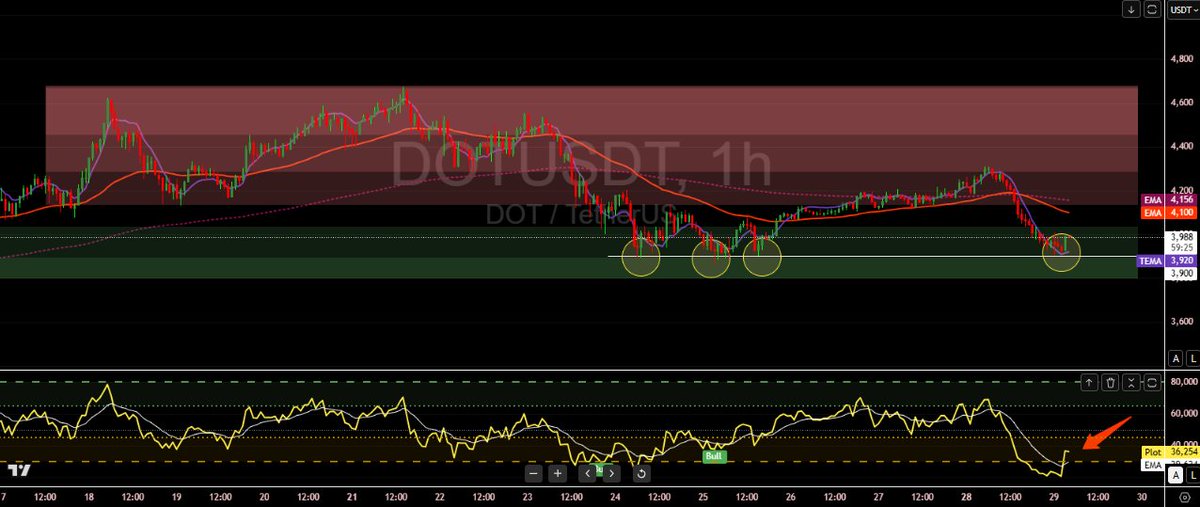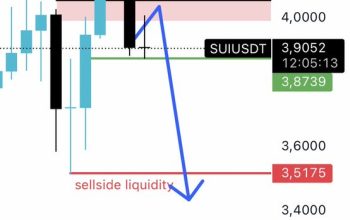The Psychological and Technical Underpinnings of Cryptocurrency Market Dynamics
Introduction: The Emotional Rollercoaster of Crypto Trading
The cryptocurrency market is a volatile, unpredictable, and emotionally charged space. Unlike traditional financial markets, crypto trading is heavily influenced by sentiment, speculation, and psychological factors. While technical analysis provides a structured approach to market movements, the human element—fear, greed, and FOMO (fear of missing out)—often drives prices in ways that defy pure logic.
This report explores the interplay between technical analysis and market psychology, examining how traders and analysts interpret trends, react to news, and navigate the ever-shifting landscape of digital assets.
—
The Role of Technical Analysis in Crypto Trading
Technical analysis (TA) is a cornerstone of crypto trading, helping traders identify patterns, support/resistance levels, and potential breakouts. Key indicators such as the Relative Strength Index (RSI), Moving Average Convergence Divergence (MACD), and Fibonacci retracements are widely used to predict price movements.
1. Fibonacci Retracements and Key Support Levels
– Traders often look for Fibonacci retracement levels (e.g., 0.618, 0.786) to identify potential reversal points.
– For example, a recent analysis on Bitcoin (BTC) highlighted a breakout at the 0.618 Fib level, suggesting a bullish continuation [1].
2. MACD and RSI Crossovers
– The MACD crossing above the zero line is often seen as a bullish signal, while the RSI crossing the 50 level indicates momentum shifts.
– A trader noted a confluence of MACD and RSI signals in Bitcoin, reinforcing a potential upward trend [2].
3. Confluence Zones and High-Conviction Setups
– Confluence zones—where multiple indicators align—are considered strong entry or exit points.
– For instance, MOVR (Moonriver) was identified as a buying opportunity near a confluence support zone during a market pullback [3].
—
The Psychological Drivers of Crypto Market Sentiment
While technical analysis provides a structured approach, market psychology often overrides pure technical signals. Key psychological factors include:
1. Fear and Greed Index
– The Crypto Fear & Greed Index measures market sentiment, ranging from extreme fear (0) to extreme greed (100).
– When the index is in extreme fear, it often signals a buying opportunity, while extreme greed may indicate an overbought market [4].
2. The “Alt Season” Phenomenon
– Altcoins (alternative cryptocurrencies) tend to outperform Bitcoin during alt seasons, driven by speculative trading.
– A trader expressed frustration over the lack of an alt season, highlighting how sentiment shifts can stall market momentum [5].
3. The Impact of News and Regulatory Developments
– Coinbase’s expansion into India and BlackRock’s analysis on Bitcoin’s role in central bank reserves demonstrate how institutional adoption influences market sentiment [6][7].
– Negative news, such as hacks or regulatory crackdowns, can trigger panic selling, while positive developments fuel bullish trends.
—
The Future of Crypto Market Analysis: AI and Machine Learning
As the crypto market evolves, AI-driven analysis is becoming increasingly important. Tools like BitQuant use machine learning to predict market trends, while decentralized data platforms enhance transparency and accuracy [8].
1. Predictive Analytics and Data-Driven Insights
– AI models analyze on-chain data, trading volumes, and social sentiment to forecast price movements.
– A trader claimed 75% of their investors experienced significant returns using predictive analysis [9].
2. The Rise of Decentralized Data Analysis
– Platforms like OpenGradient provide decentralized data tools, ensuring transparency in market analysis [10].
—
Conclusion: Balancing Technical Analysis with Market Psychology
The cryptocurrency market is a complex interplay of technical indicators, psychological triggers, and external influences. While Fibonacci retracements, MACD crossovers, and RSI levels provide a structured approach, fear, greed, and news-driven sentiment often dictate short-term movements.
As AI and decentralized data tools continue to evolve, traders must adapt by combining technical rigor with psychological awareness. The future of crypto trading lies in data-driven insights, emotional discipline, and strategic adaptability.
—
Sources





